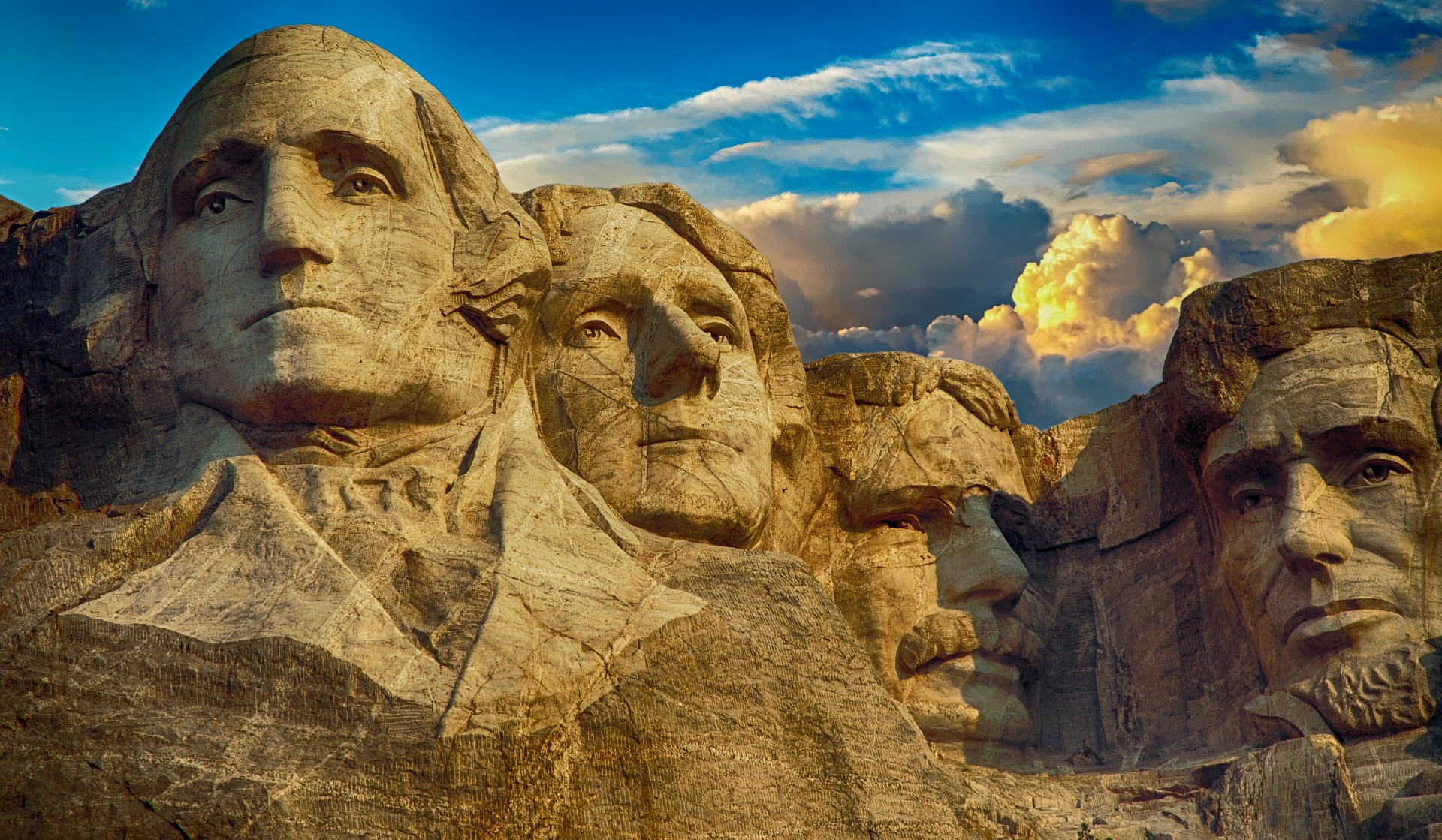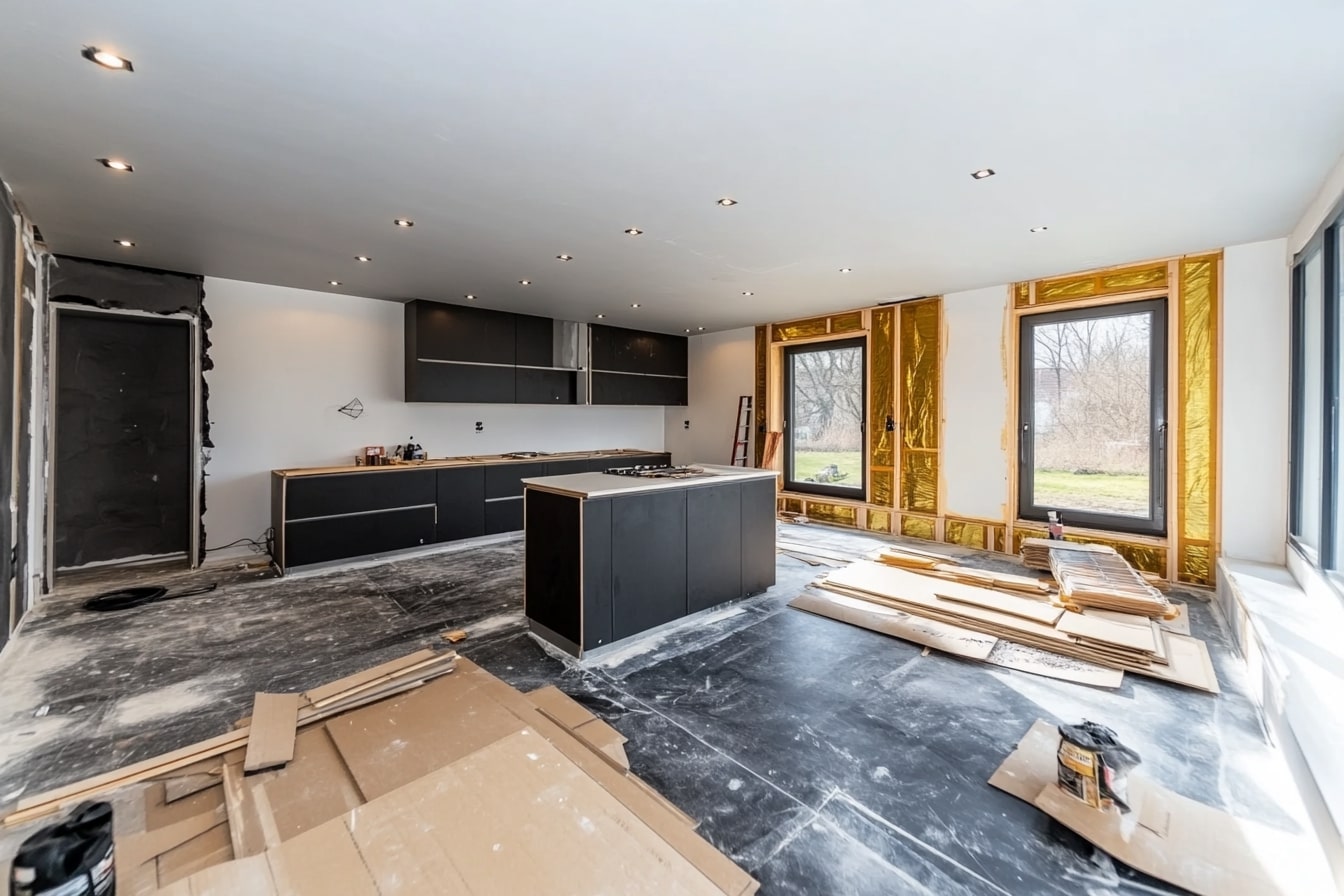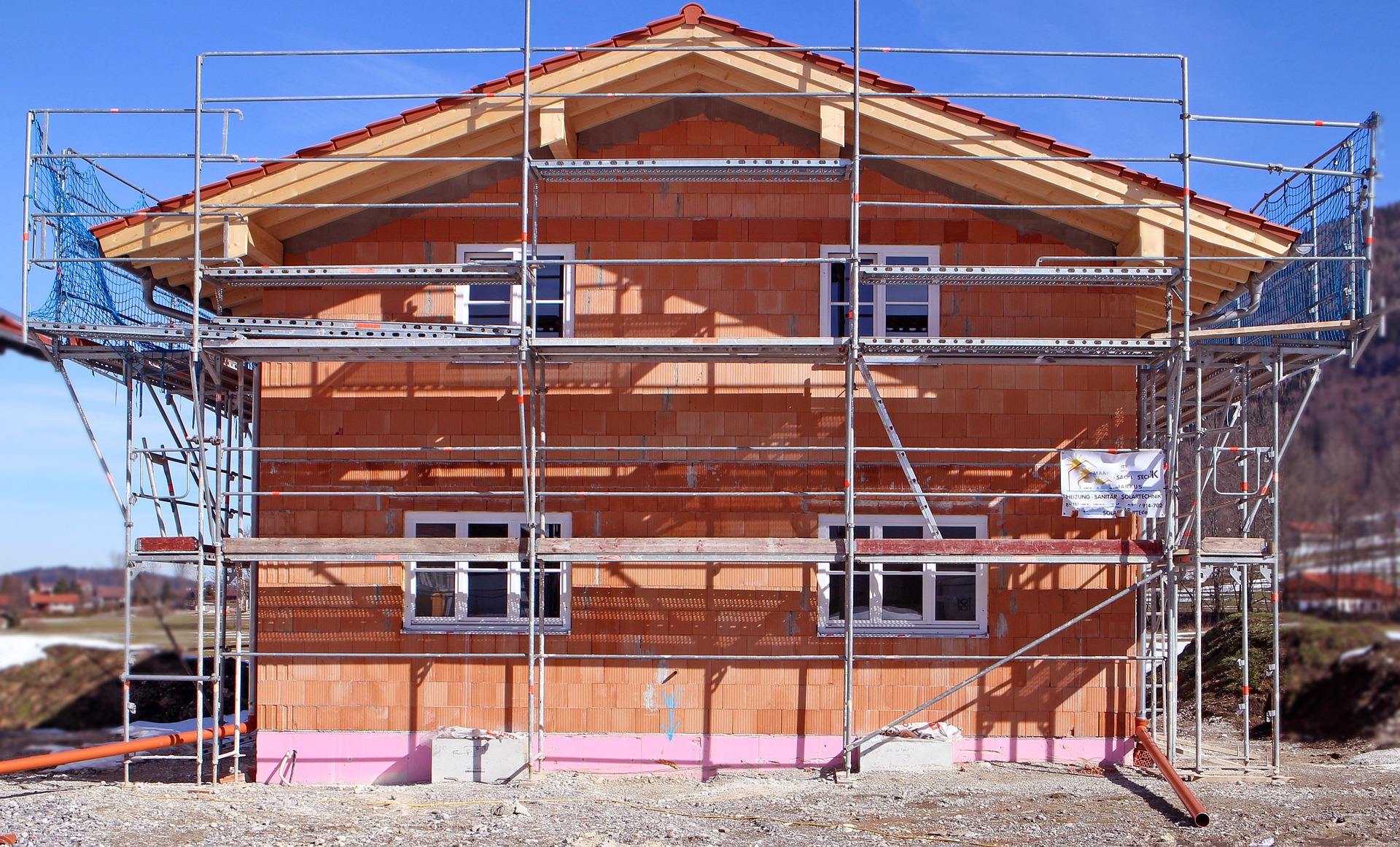"Deciphering the Dynamics of the Filibuster: A Cornerstone of American Legislative Process"
The filibuster, a distinctive feature of the American legislative process, serves as a tool for minority parties to delay or block the passage of bills they oppose. In an increasingly polarized political climate, the filibuster has come under scrutiny, with debates raging over its impact on democracy and legislative efficiency. This article delves into the origins, evolution, and current standing of the filibuster, while exploring its implications and impacts on the American legislative process.

Genesis of the Filibuster
The filibuster was not part of the original blueprint for the U.S. Senate. It arose inadvertently through a rule change in 1806 when Vice President Aaron Burr suggested eliminating a rule that allowed senators to move to “previous question,” essentially cutting off debate. The Senate heeded Burr’s advice, unwittingly creating a scenario where debate could continue indefinitely–giving birth to the filibuster.
The Evolution of the Filibuster
The filibuster remained a rarely used tool until the 1850s when it became more frequently utilized, often by Southern senators seeking to block civil rights legislation. It was not until 1917, during World War I, that the Senate adopted Rule 22, allowing a two-thirds majority to end a filibuster, a procedure known as “cloture.”
Current Status of the Filibuster
Today, the filibuster has evolved from a seldom-used tactic into a fixture of Senate proceedings. Its use has become so commonplace that it’s often described as a de facto 60-vote requirement to pass most legislation. This shift has been exacerbated by the rise of “silent” filibusters, where simply the threat of a filibuster is enough to block legislation, eliminating the need for prolonged speeches.
Implications of the Filibuster
The persistent use of the filibuster has profound implications. On one hand, it protects minority interests, ensuring that legislation cannot be passed without broad consensus. On the other hand, it can also lead to legislative gridlock, potentially stalling important bills. A central point of controversy is whether the filibuster promotes deliberation and compromise or merely perpetuates political stalemate.
Impact on Society and Democracy
The impact of the filibuster extends beyond the Senate chamber into the broader society. It shapes the nature of legislation that passes through Congress, influencing everything from healthcare policies to environmental regulations. As such, it plays a significant role in shaping the very fabric of American life and democracy.
The filibuster, while a cornerstone of American legislative process, remains a contentious and complex tool. As debates around its use continue to unfold, it serves as a reminder of the intricate balance between protecting minority rights and promoting legislative efficiency in a democracy.




